Though traditional Japanese raku ware dates to the mid-sixteenth century, the Western contemporary use of the word “raku” is a loose appropriation of the term to refer to low-fired pottery. The American ceramist Paul Soldner, with whom Kaneko studied at the Claremont Graduate School (1969-1979), conceived an innovative raku technique in the 1960s. Soldner began adding combustible materials such as eucalyptus leaves, sawdust, and newspapers to the firing process, which resulted in a delightful transformation of the glaze and surface texture. Modern raku ceramicists continued experimenting, using a variety of techniques and materials to produce unpredictable and beautiful surfaces on ceramic ware and sculpture.
Jun Kaneko was among those experimenting with raku during his time with Soldner, but as he became increasingly focused on large scale ceramics, he found the small kilns used for raku limited the execution of his ideas. Kaneko therefore abandoned raku firing until 2012, when he gained access to a raku kiln in Cuernavaca, Mexico, that specializes in the firing of large scale vessels. This Cuernavaca kiln, operated by ceramicist Juan de Dios Sanchez, enabled Kaneko to create his signature Heads, Slabs, and Tanuki with the smoky blacks, crackled glazes, and lustrous metallics characteristic of raku firing.
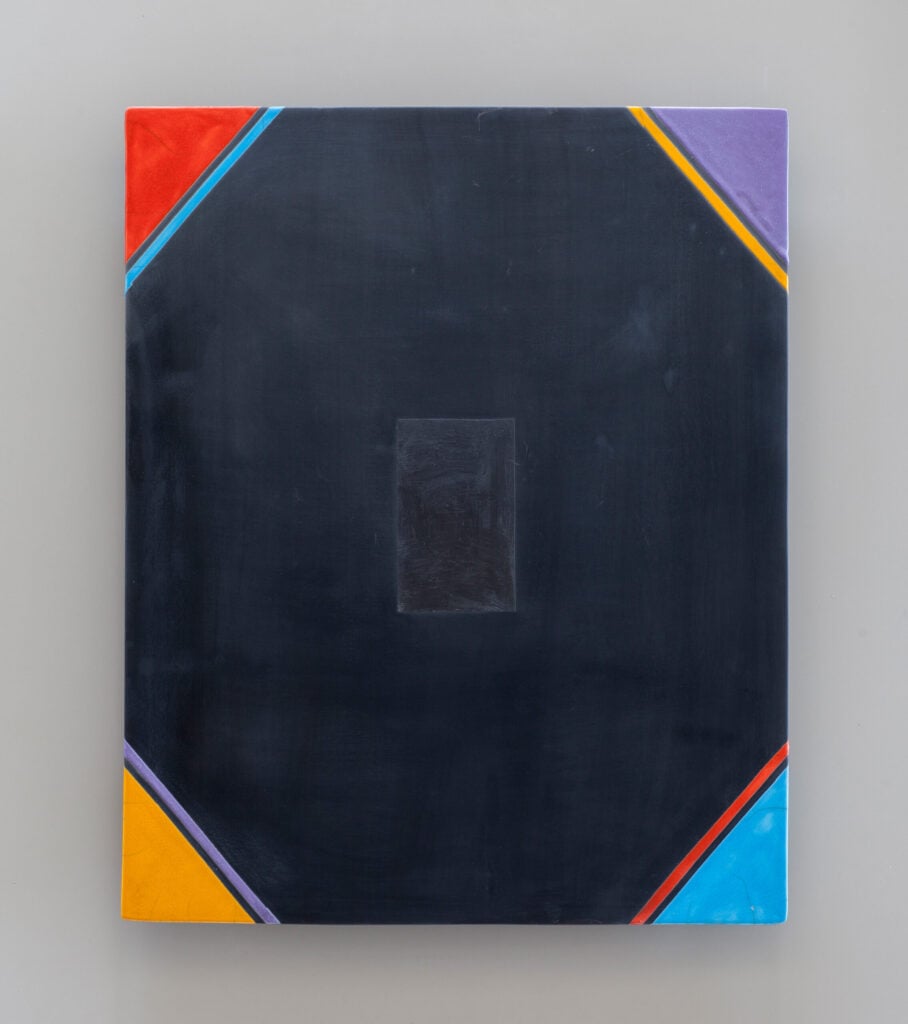
Untitled, Wall Slab
2013
Hand glazed raku ceramics, 30.5 x 24.5 x 1.5 inches. Private collection.
Photo: Colin Conces
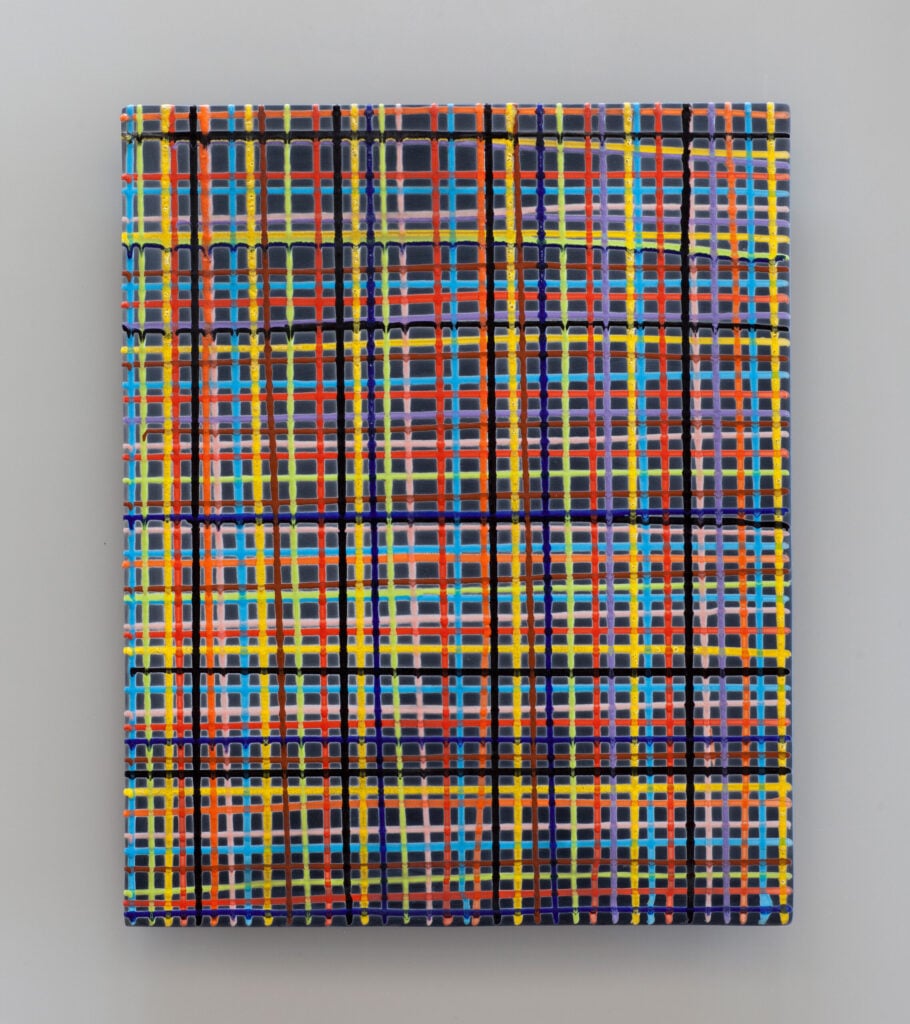
Untitled, Wall Slab
2013
Hand glazed raku ceramics, 30.5 x 24.5 x 1.5 inches. Private collection.
Photo: Colin Conces
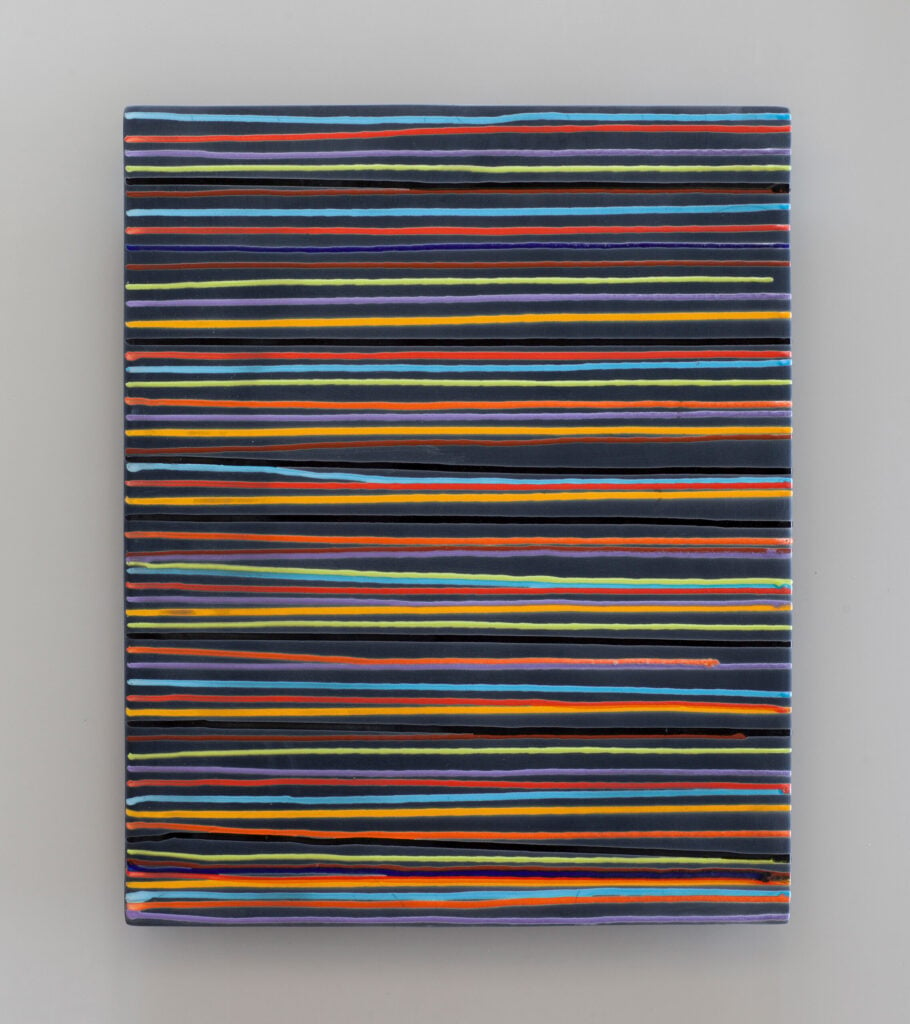
Untitled, Wall Slab
2013
Hand glazed raku ceramics, 30.5 x 24.5 x 1.5 inches. Private collection.
Photo: Colin Conces

Untitled, Wall Slab
2013
Hand glazed raku ceramics, 30.5 x 24.5 x 1.5 inches. Private collection.
Photo: Colin Conces
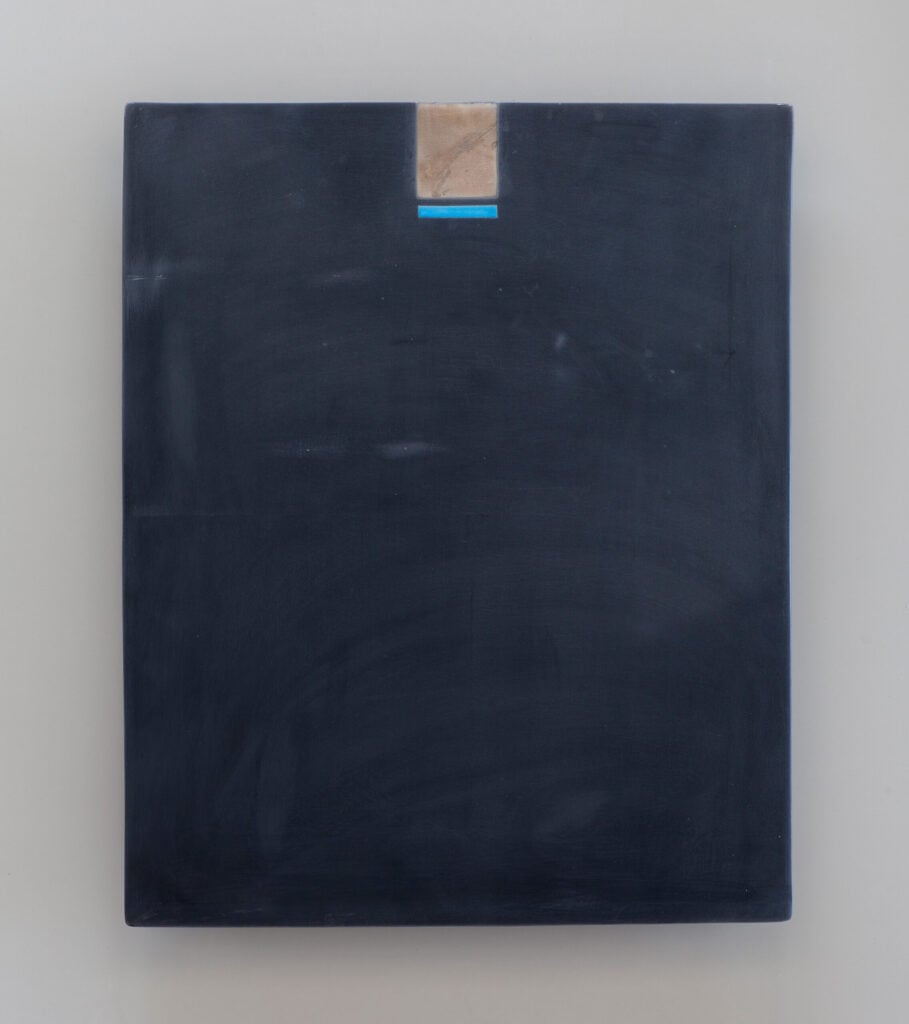
Untitled, Wall Slab
2013
Hand glazed raku ceramics, 30.5 x 24.5 x 1.5 inches.
Photo: Colin Conces
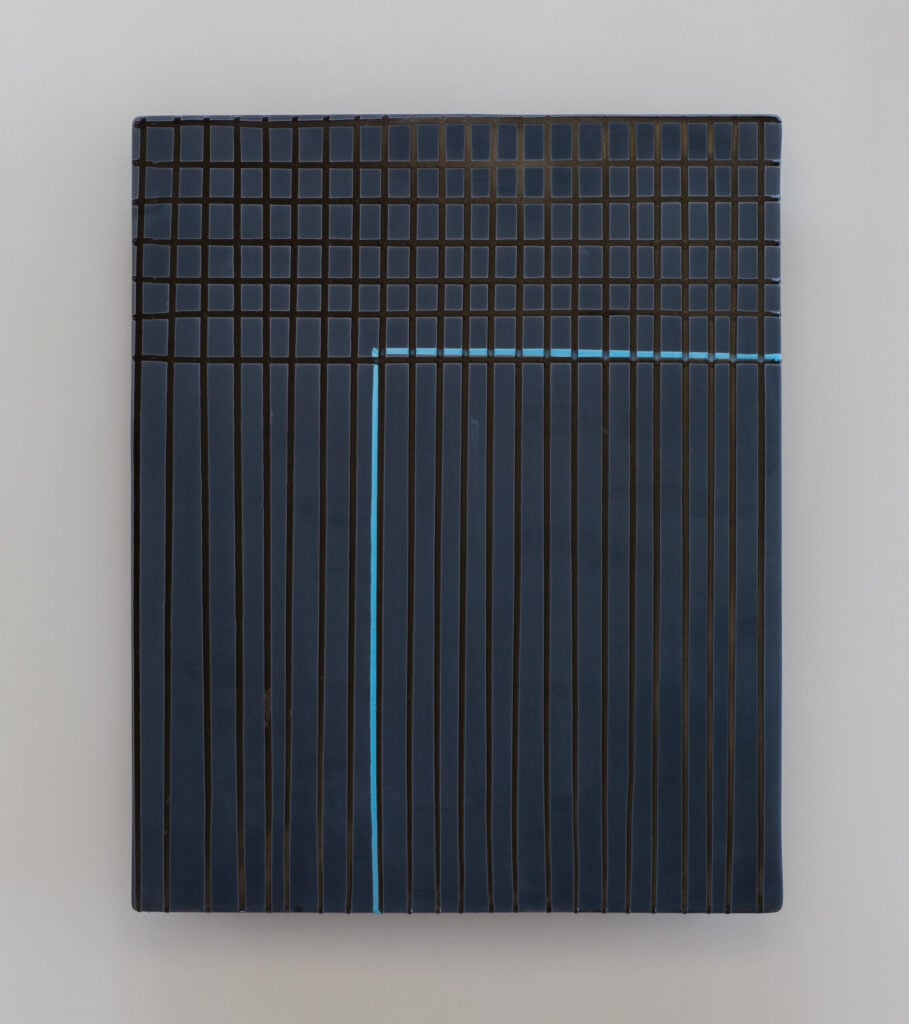
Untitled, Wall Slab
2013
Hand glazed raku ceramics, 30.5 x 24.5 x 1.5 inches.
Photo: Colin Conces

Untitled, Wall Slab
2013
Hand glazed raku ceramics, 30.5 x 24.5 x 1.5 inches. Private collection.
Photo: Colin Conces
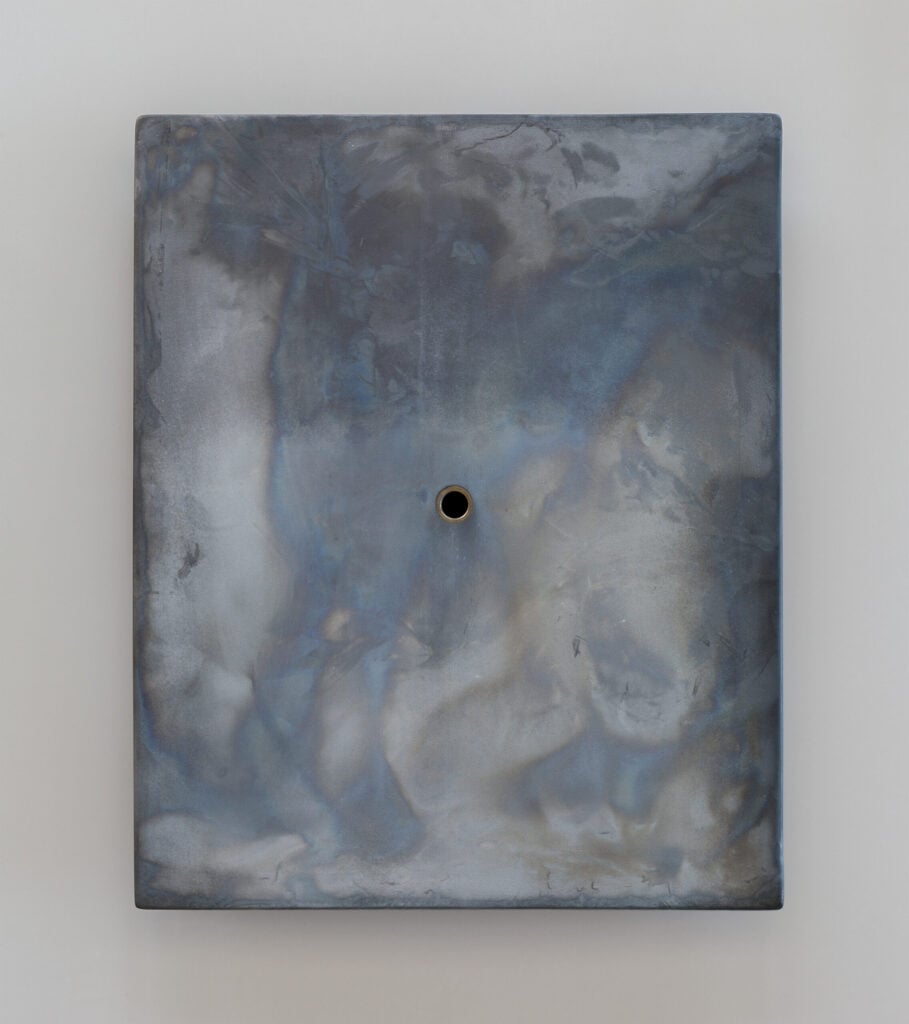
Untitled, Wall Slab
2013
Hand glazed raku ceramics, 30.5 x 24.5 x 1.5 inches.
Photo: Colin Conces
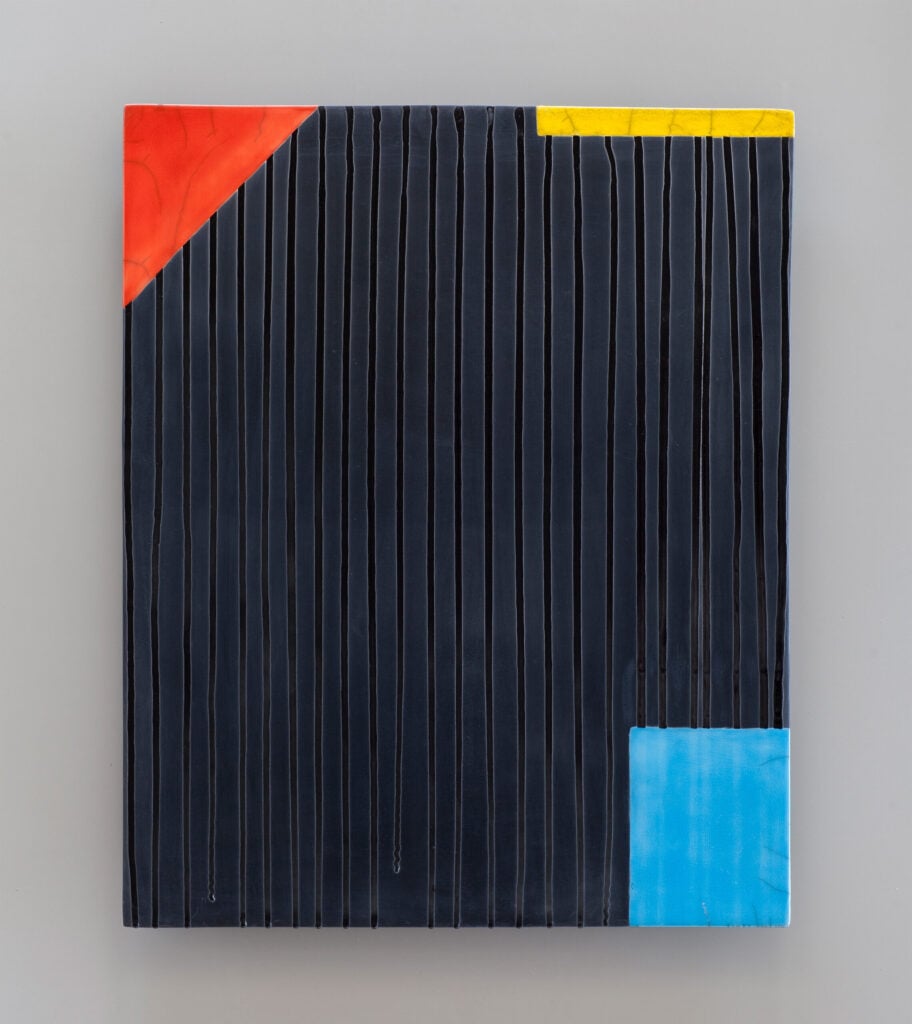
Untitled, Wall Slab
2013
Hand glazed raku ceramics, 30.5 x 24.5 x 1.5 inches. Private collection.
Photo: Colin Conces
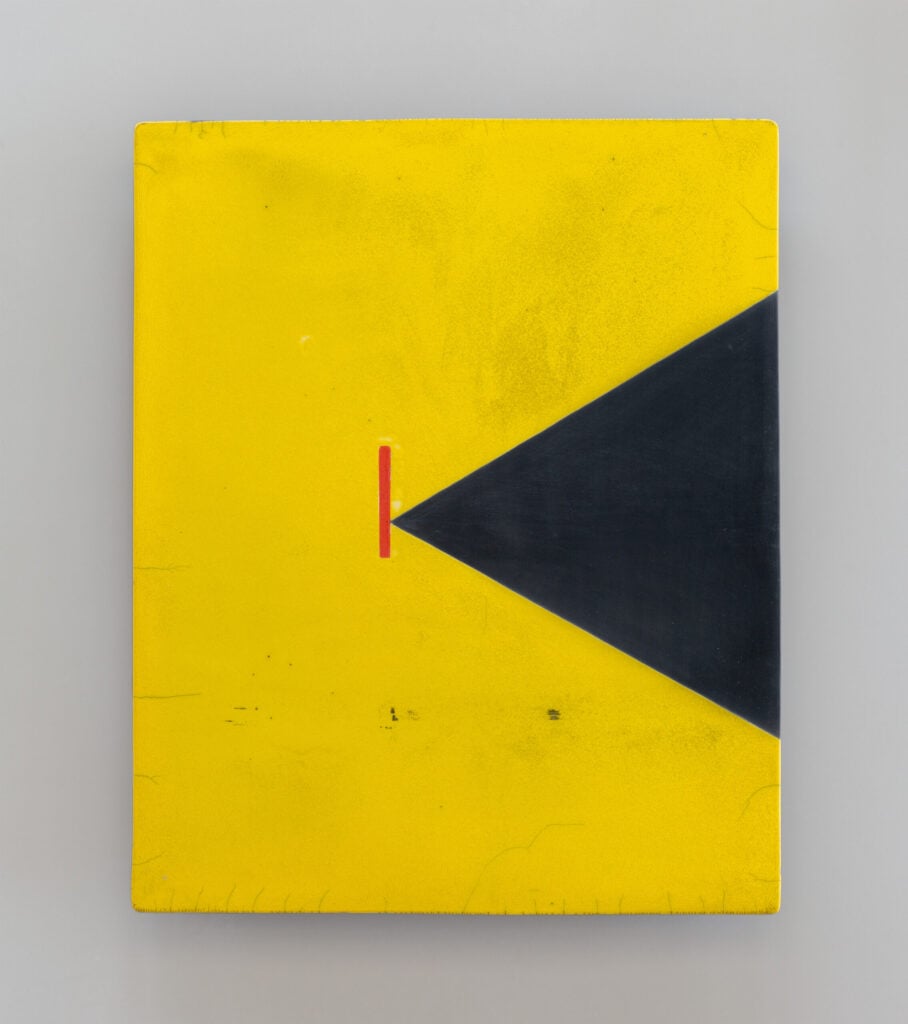
Untitled, Wall Slab
2013
Hand glazed raku ceramics, 30.5 x 24.5 x 1.5 inches. Private collection.
Photo: Colin Conces
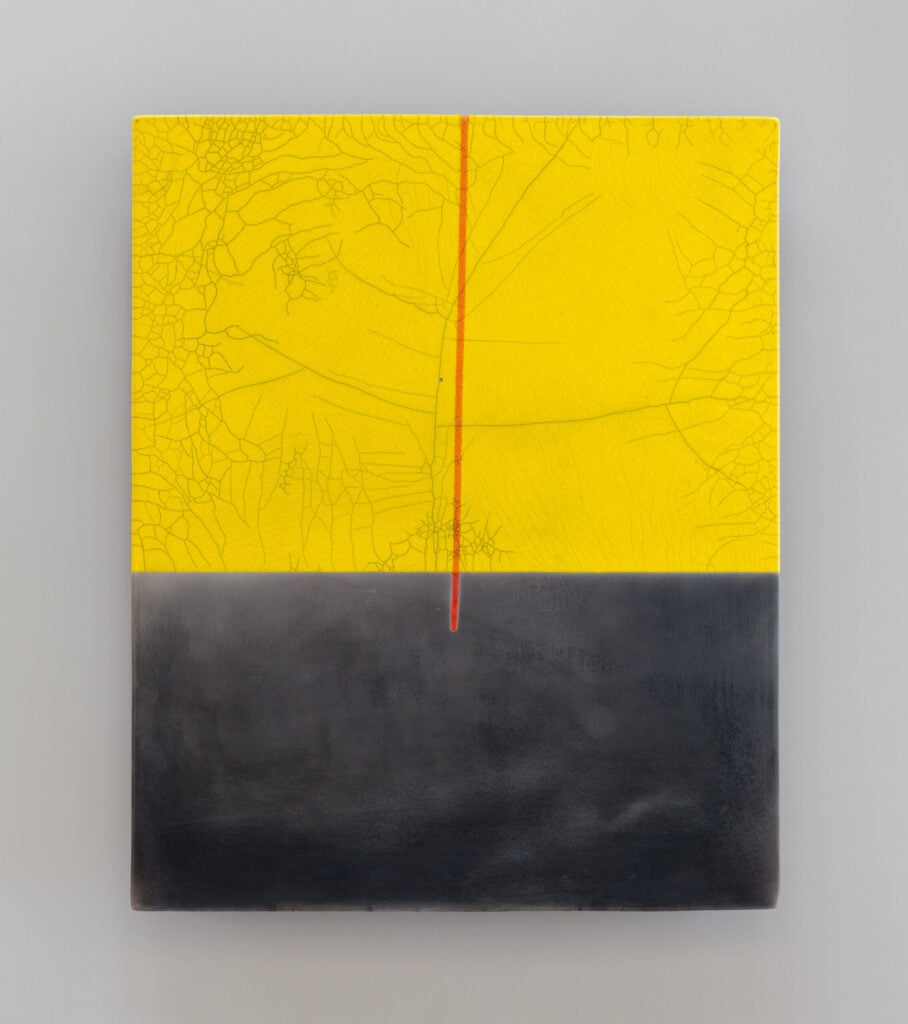
Untitled, Wall Slab
2013
Hand glazed raku ceramics, 30.5 x 24.5 x 1.5 inches Private collection.
Photo: Colin Conces
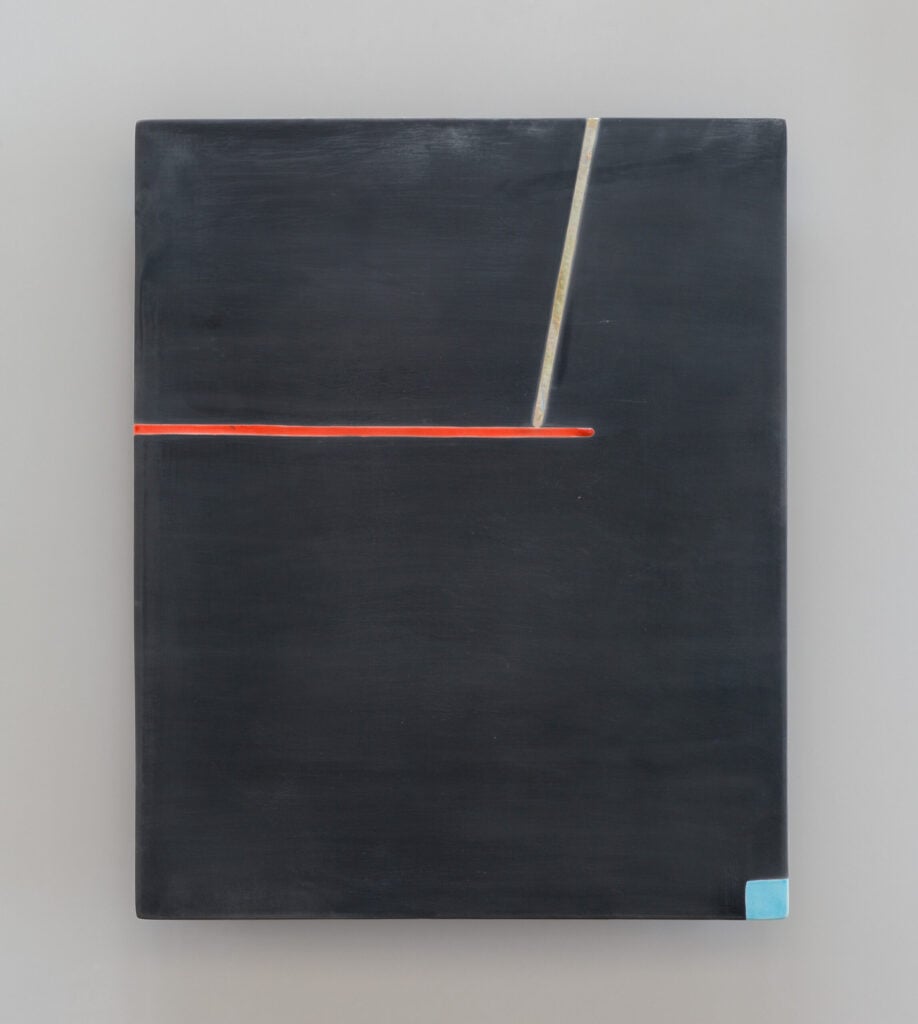
Untitled, Wall Slab
2013
Hand glazed raku ceramics, 30.5 x 24.5 x 1.5 inches. Private collection.
Photo: Colin Conces

Untitled, Wall Slab
2013
Hand glazed raku ceramics, 30.5 x 24.5 x 1.5 inches. Private collection.
Photo: Colin Conces

Untitled, Wall Slab
2013
Hand glazed raku ceramics, 30.5 x 24.5 x 1.5 inches. Private collection.
Photo: Colin Conces
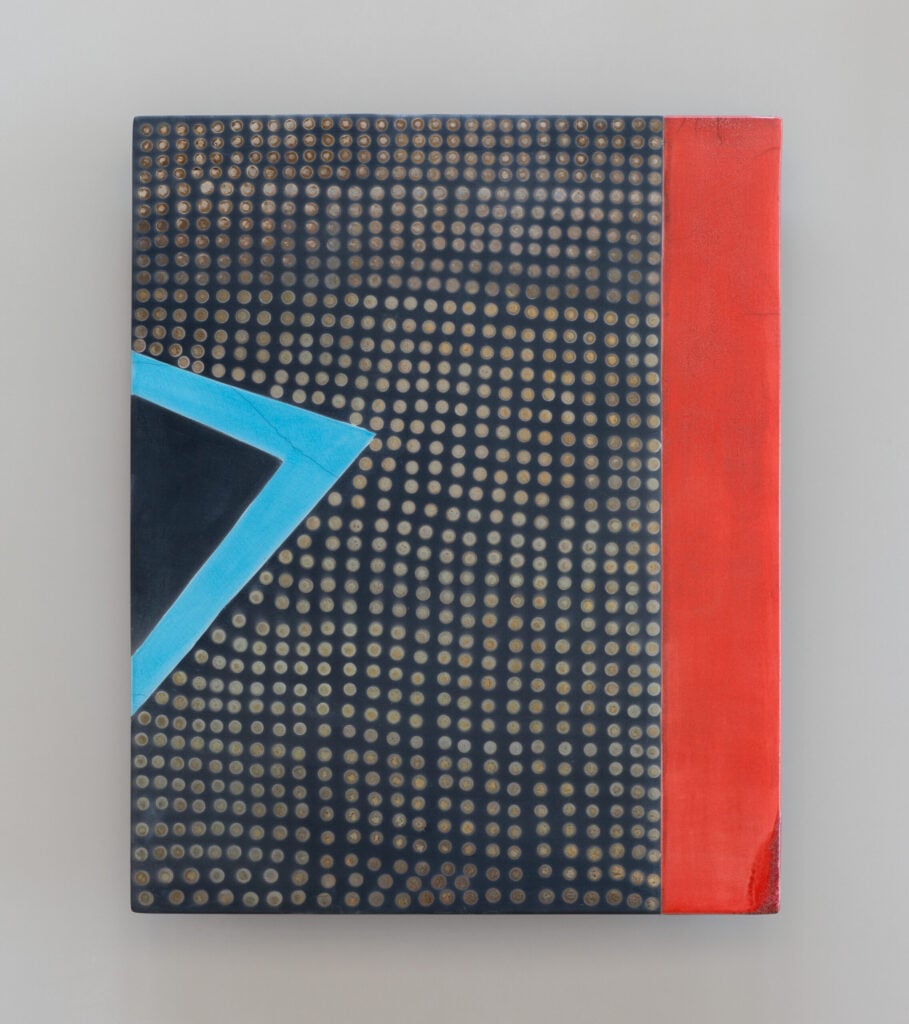
Untitled, Wall Slab
2013
Hand glazed raku ceramics, 30.5 x 24.5 x 1.5 inches. Private collection.
Photo: Colin Conces
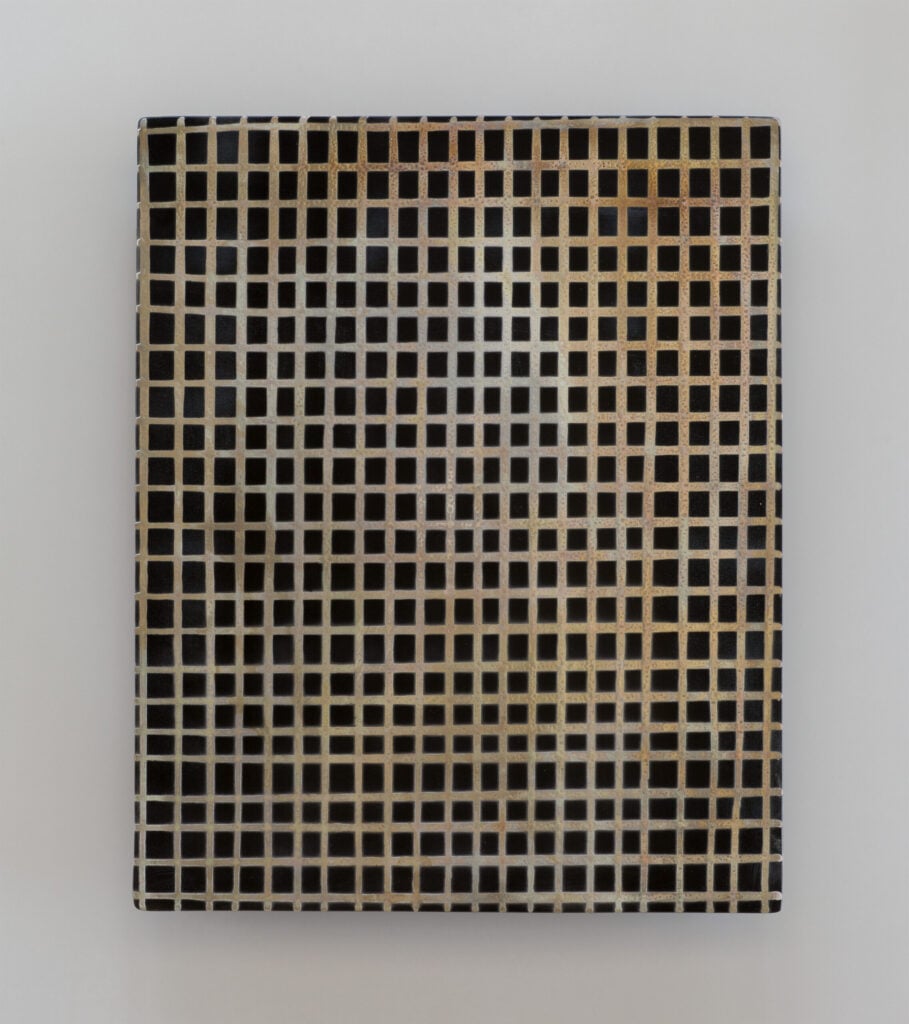
Untitled, Wall Slab
2013
Hand glazed raku ceramics, 30.5 x 24.5 x 1.5 inches. Private collection.
Photo: Colin Conces

Untitled, Wall Slab
2013
Hand glazed raku ceramics, 30.5 x 24.5 x 1.5 inches. Private collection.
Photo: Colin Conces
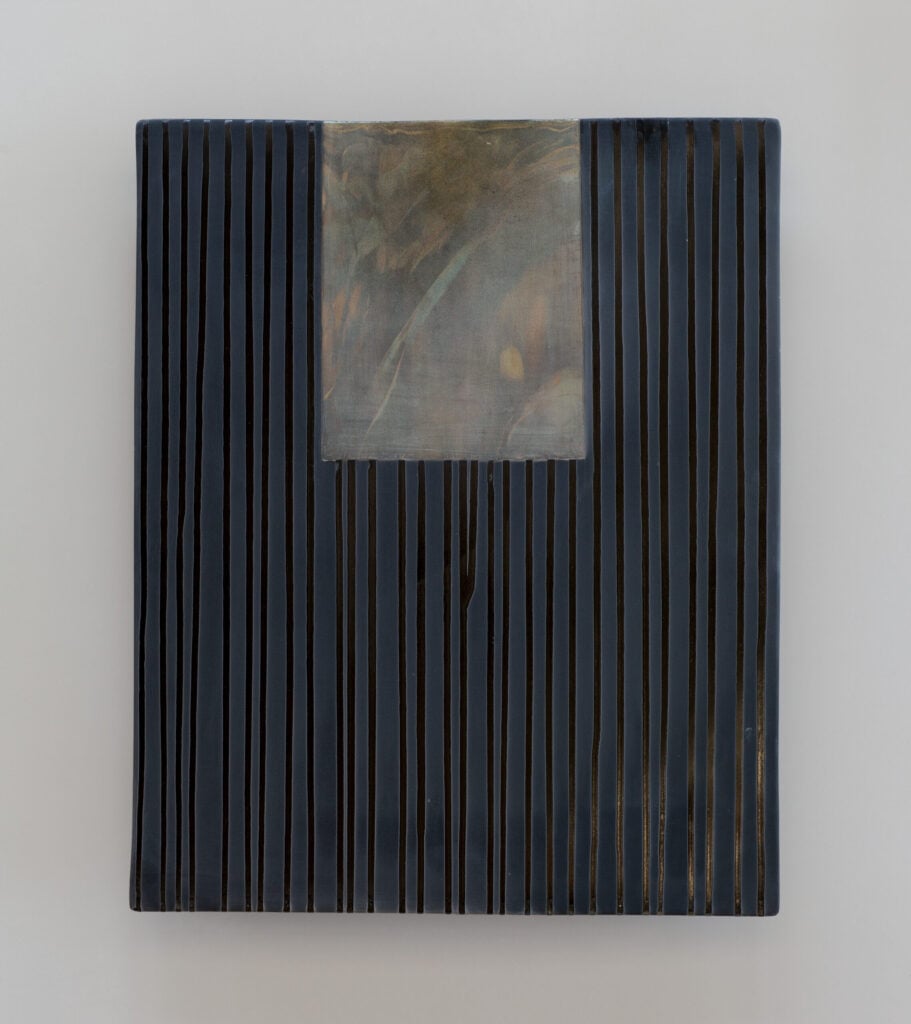
Untitled, Wall Slab
2013
Hand glazed raku ceramics, 30.5 x 24.5 x 1.5 inches. Private collection.
Photo: Colin Conces
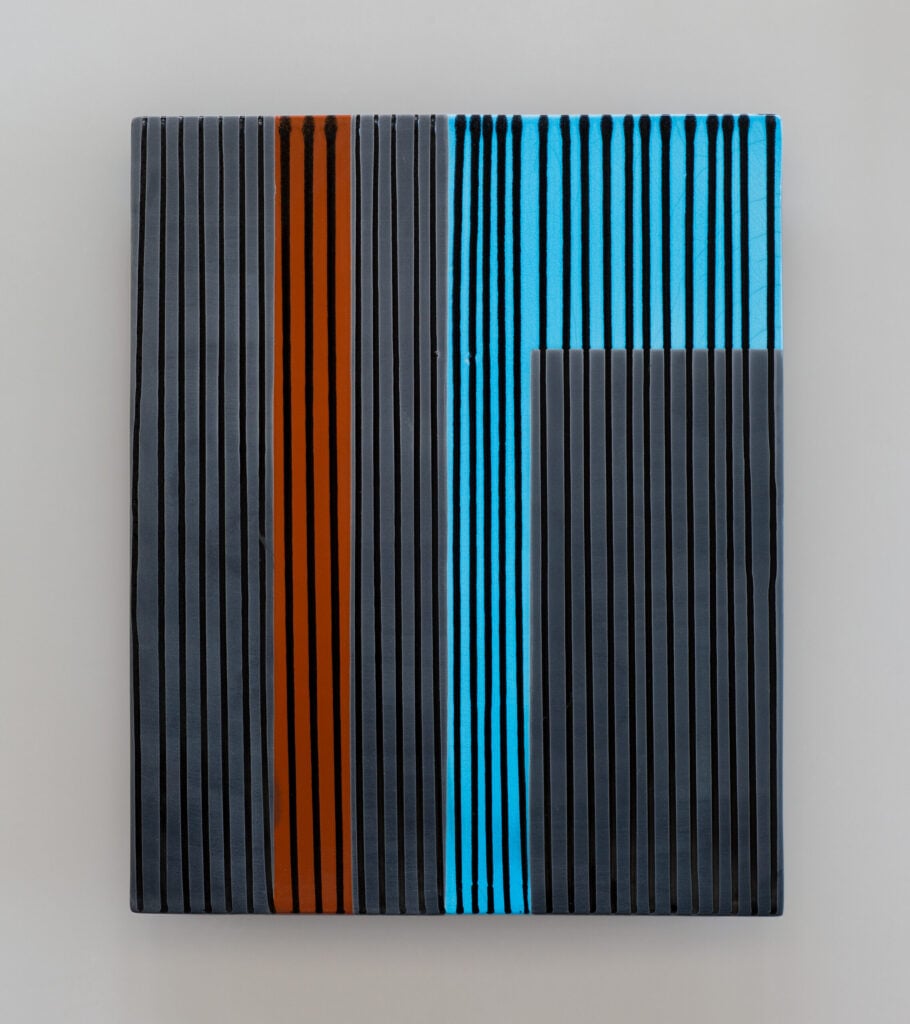
Untitled, Wall Slab
2013
Hand glazed raku ceramics, 30.5 x 24.5 x 1.5 inches. Private collection.
Photo: Colin Conces

Untitled, Wall Slab
2013
Hand glazed raku ceramics, 30.5 x 24.5 x 1.5 inches. Private collection.
Photo: Colin Conces
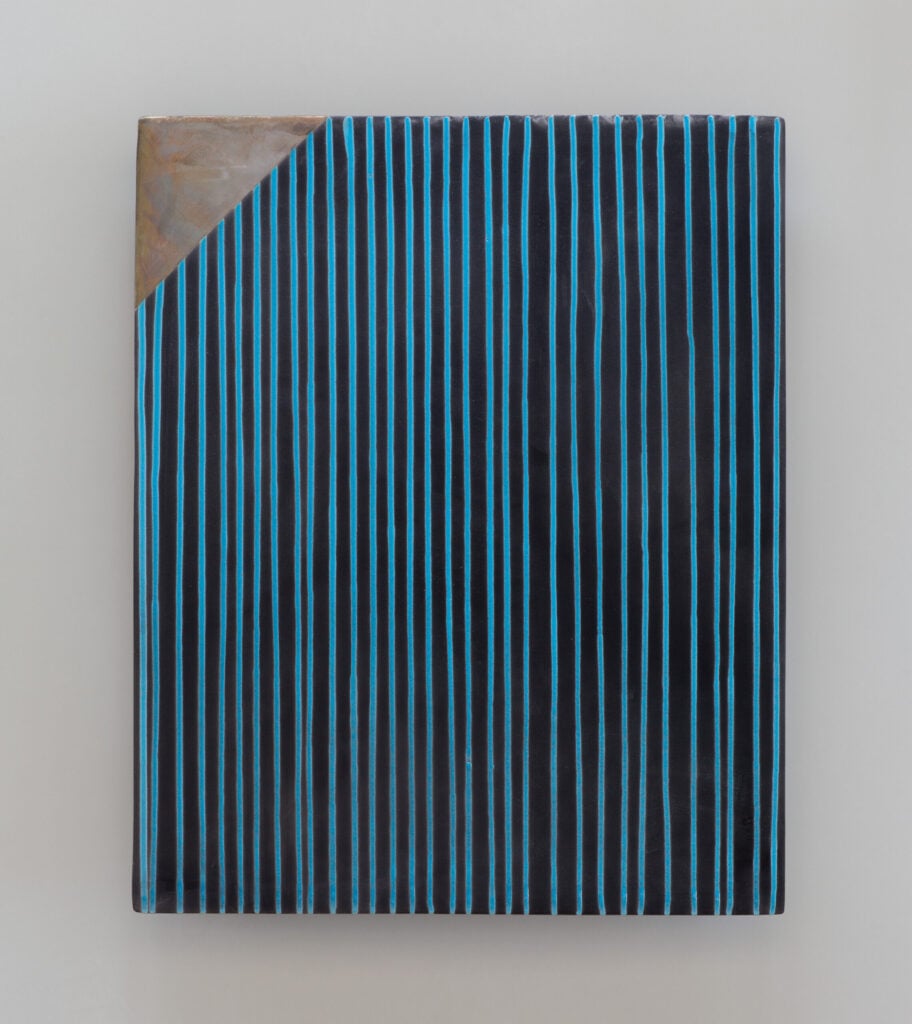
Untitled, Wall Slab
2013
Hand glazed raku ceramics, 30.5 x 24.5 x 1.5 inches. Private collection.
Photo: Colin Conces
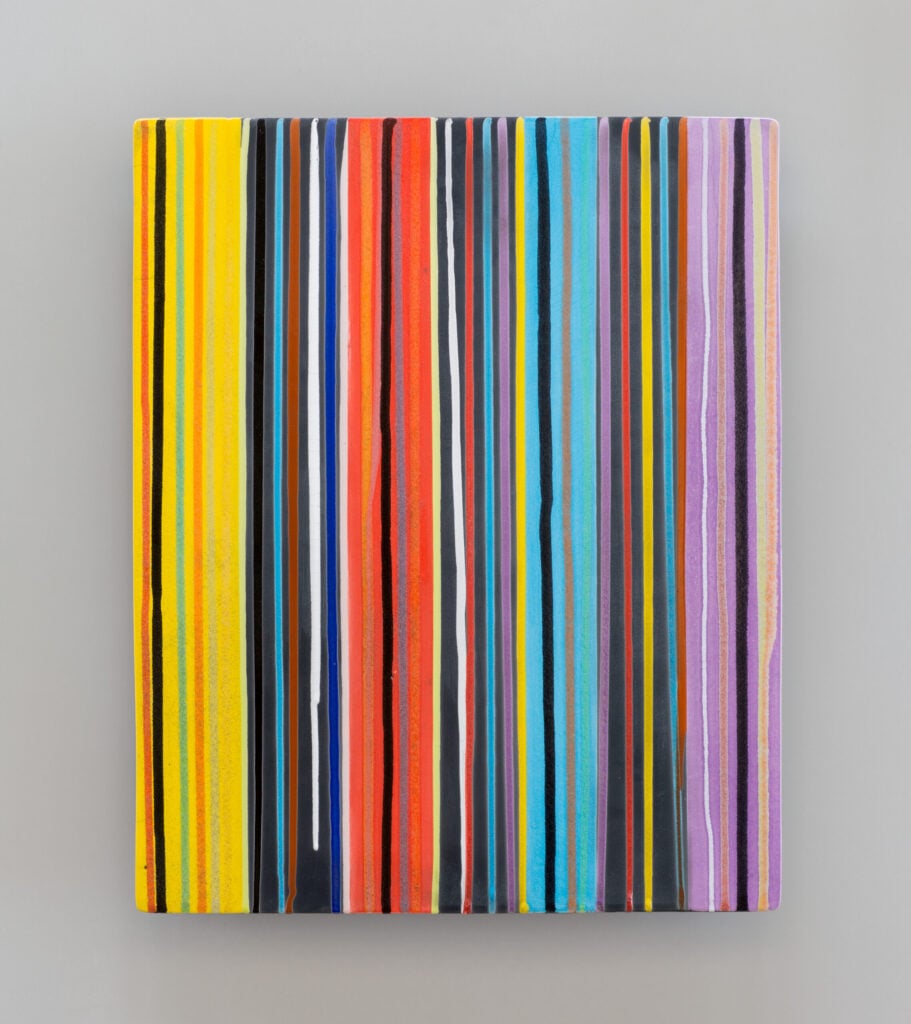
Untitled, Wall Slab
2013
Hand glazed raku ceramics, 30.5 x 24.5 x 1.5 inches. Private collection.
Photo: Colin Conces

Untitled, Wall Slab
2013
Hand glazed raku ceramics, 30.5 x 24.5 x 1.5 inches. Private collection.
Photo: Colin Conces

Untitled, Wall Slab
2013
Hand glazed raku ceramics, 30.5 x 24.5 x 1.5 inches. Private collection.
Photo: Colin Conces
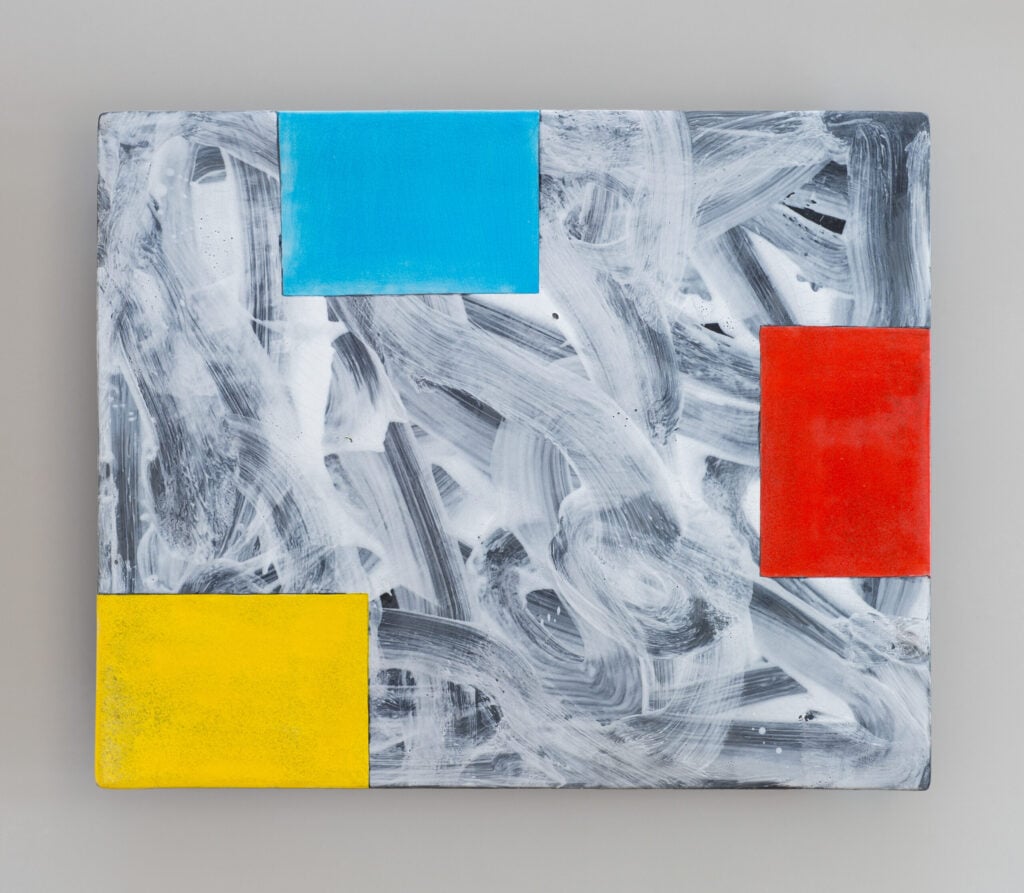
Untitled, Wall Slab
2013
Hand glazed raku ceramics, 24.5 x 30.5 x 1.5 inches. Private collection.
Photo: Colin Conces
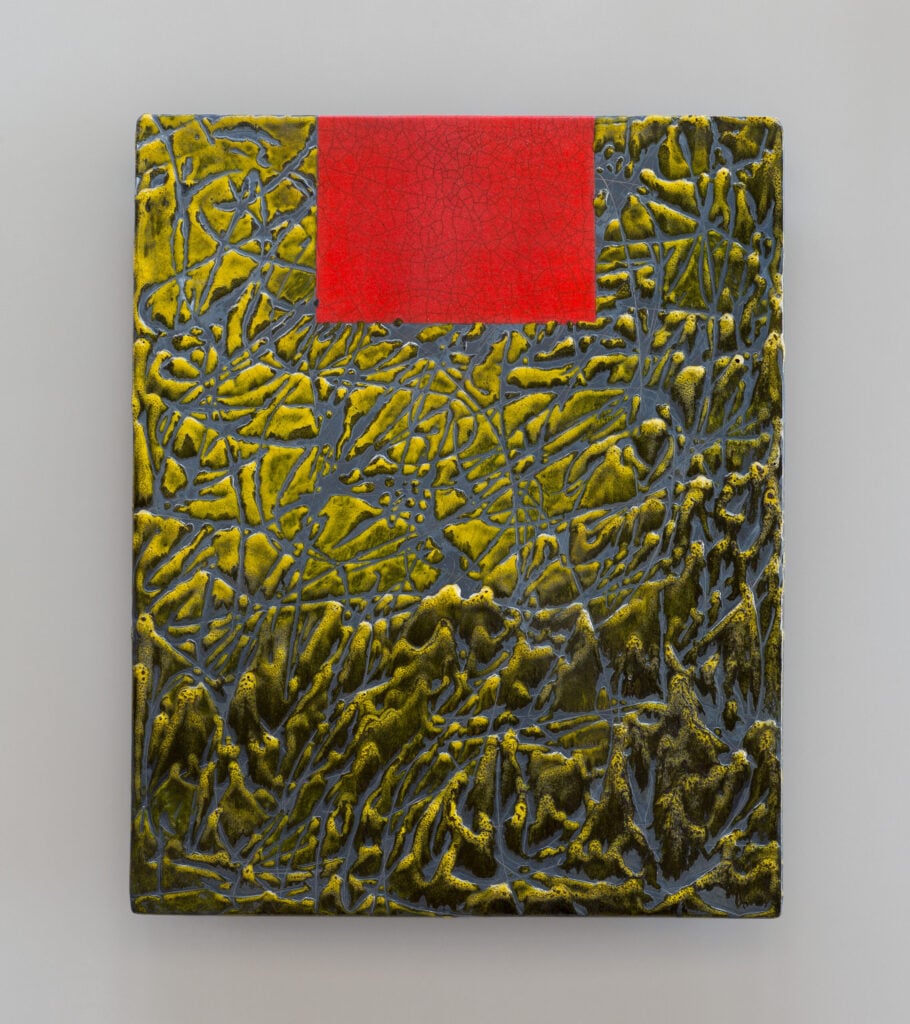
Untitled, Wall Slab
2013
Hand glazed raku ceramics, 30.5 x 24.5 x 1.5 inches.
Photo: Colin Conces
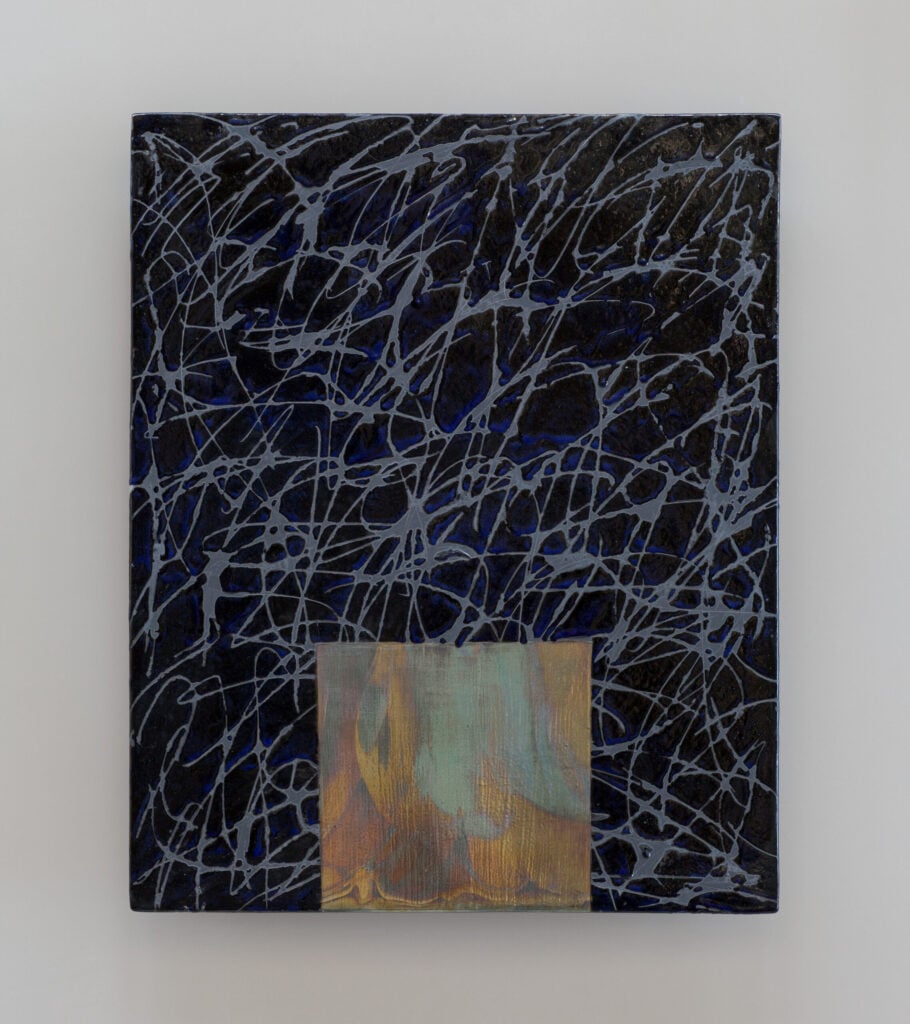
Untitled, Wall Slab
2013
Hand glazed raku ceramics, 30.5 x 24.5 x 1.5 inches. Private collection.
Photo: Colin Conces
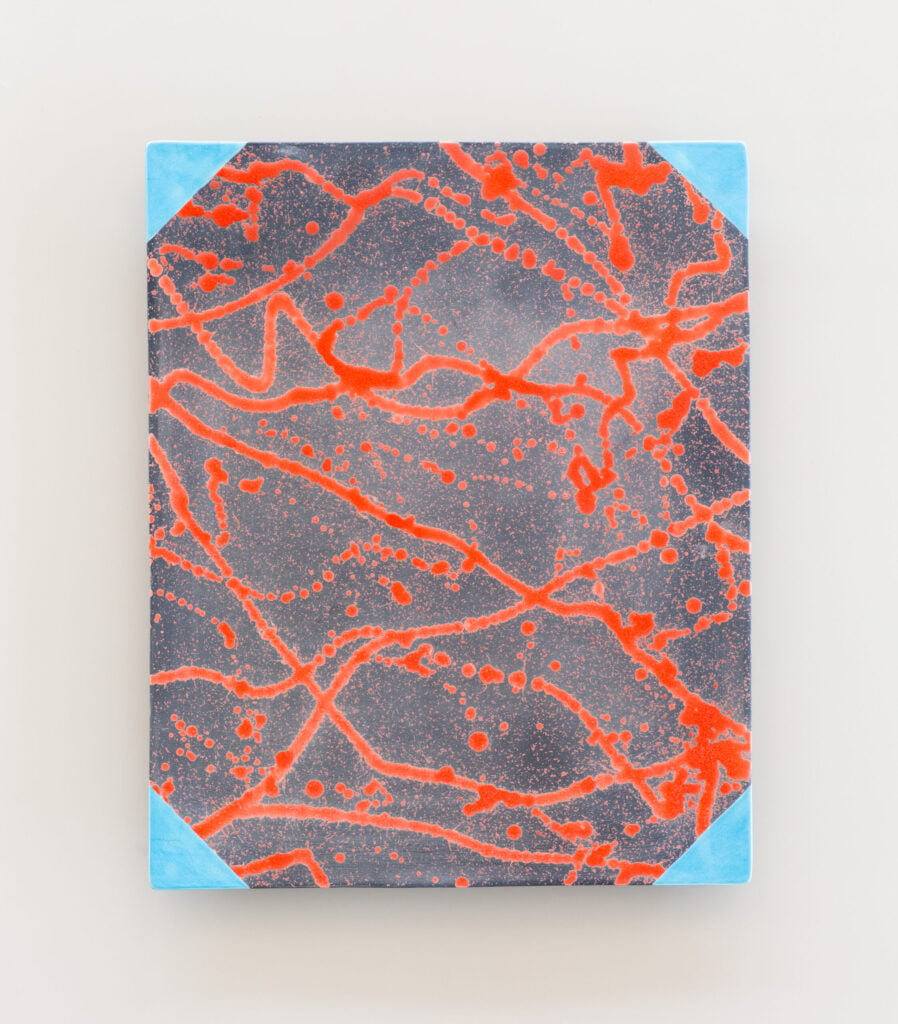
Untitled, Wall Slab
2013
Hand glazed raku ceramics, 30.5 x 24.5 x 1.5 inches.
Photo: Colin Conces
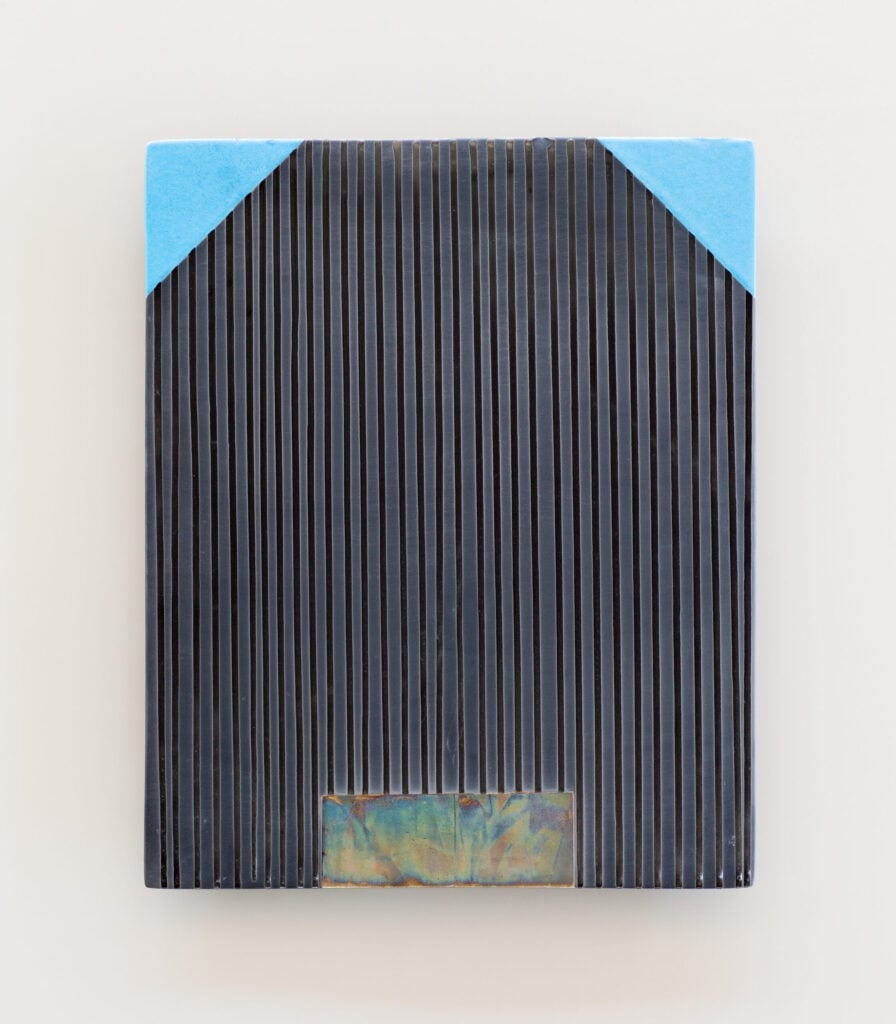
Untitled, Wall Slab
2015
Hand glazed raku ceramics, 30.5 x 24.5 x 1.5 inches. Private collection.
Photo: Colin Conces
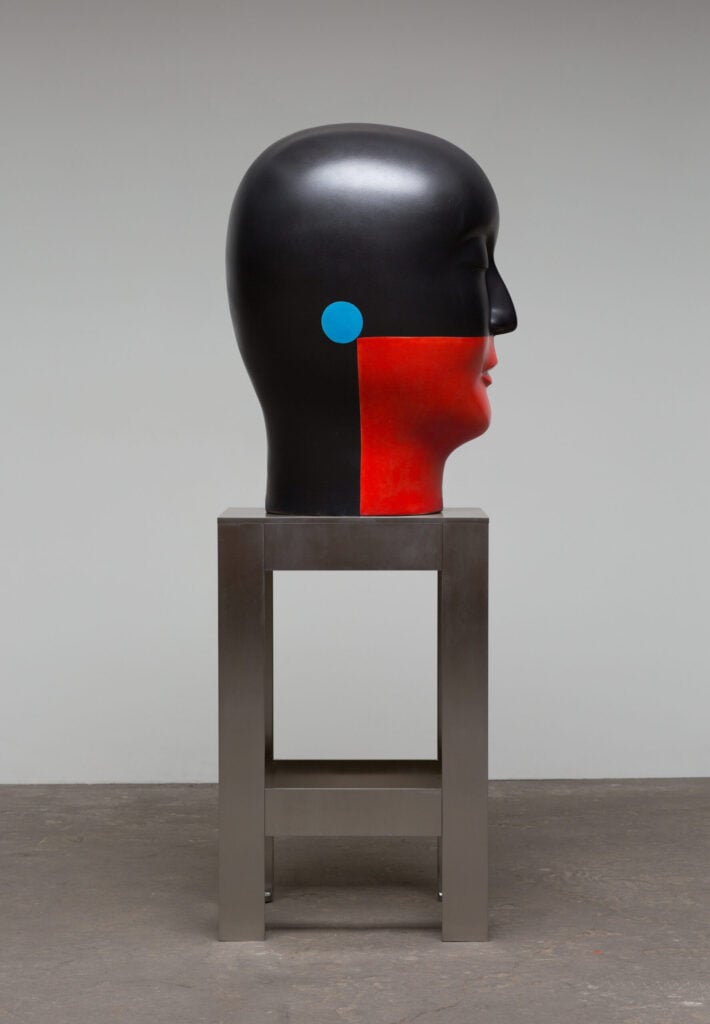
Untitled, Head
2015
Hand glazed cast raku ceramics and stainless steel, 69 x 24.75 x 20 inches. Private collection.
Photo: Colin Conces
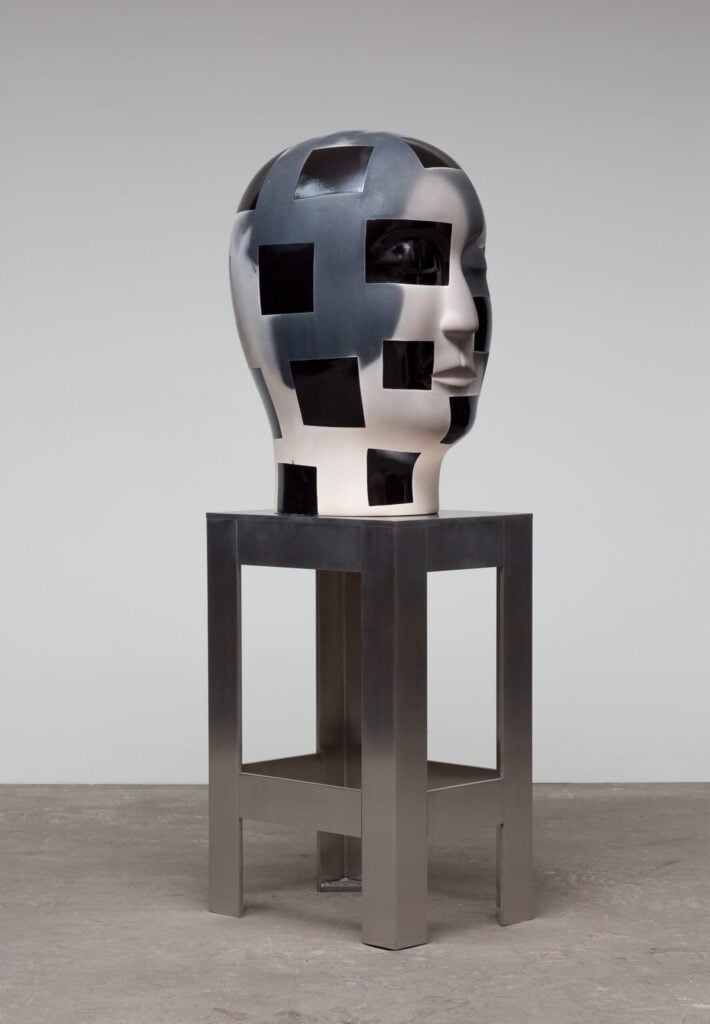
Untitled, Head
2015
Hand glazed cast raku ceramics and stainless steel, 69 x 24.75 x 20 inches.
Photo: Colin Conces
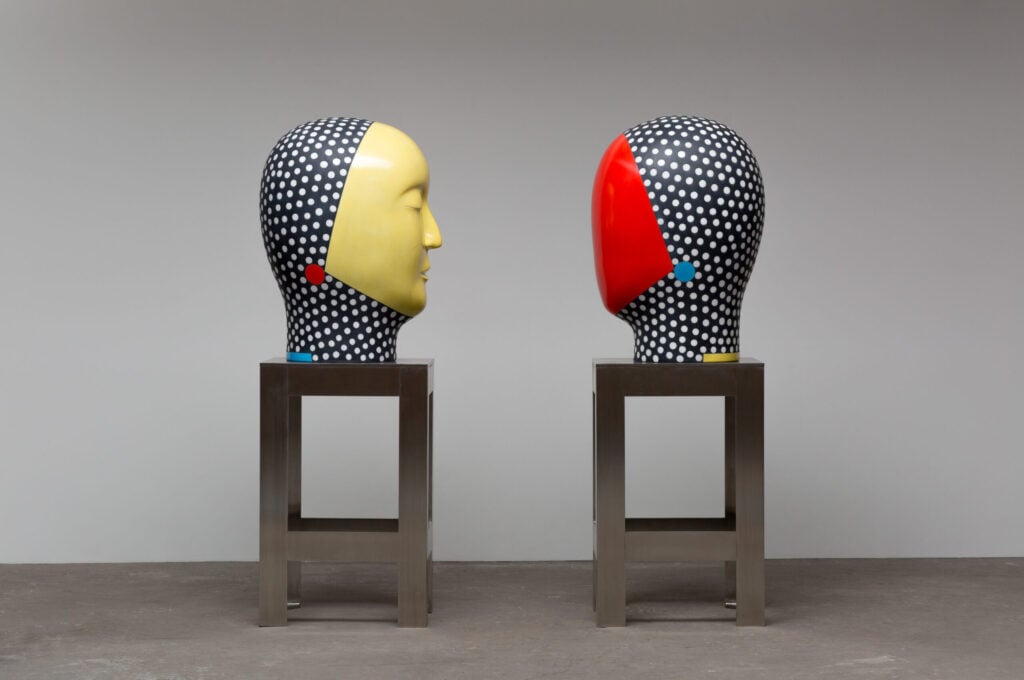
Untitled, Heads
2016
Hand glazed cast raku ceramics and stainless steel, left 69 x 23 x 20 inches, right 69 x 24.5 x 20 inches.
Photo: Colin Conces

Untitled, Head
2016
Hand glazed raku ceramics and stainless steel, 69 x 24.75 x 20 inches.
Photo: Colin Conces
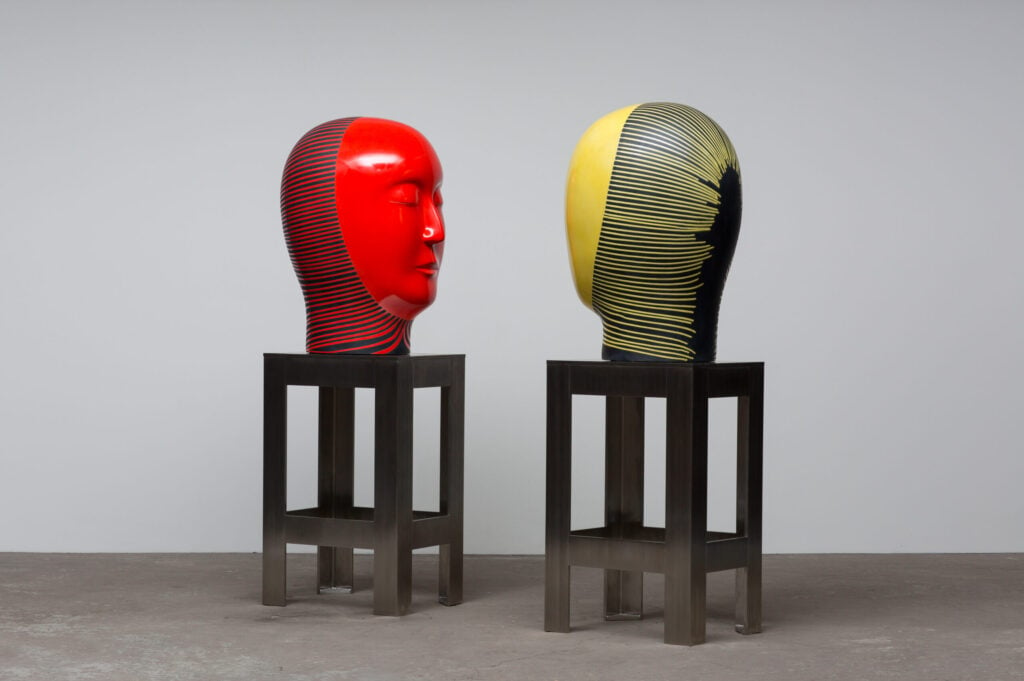
Untitled, Heads
2016
Hand glazed cast raku ceramics and stainless steel, left 69 x 25.5 x 20 inches, right 69 x 24.5 x 20 inches. Collection of the Tulsa Central Library, Tulsa, OK, USA.
Photo: Colin Conces
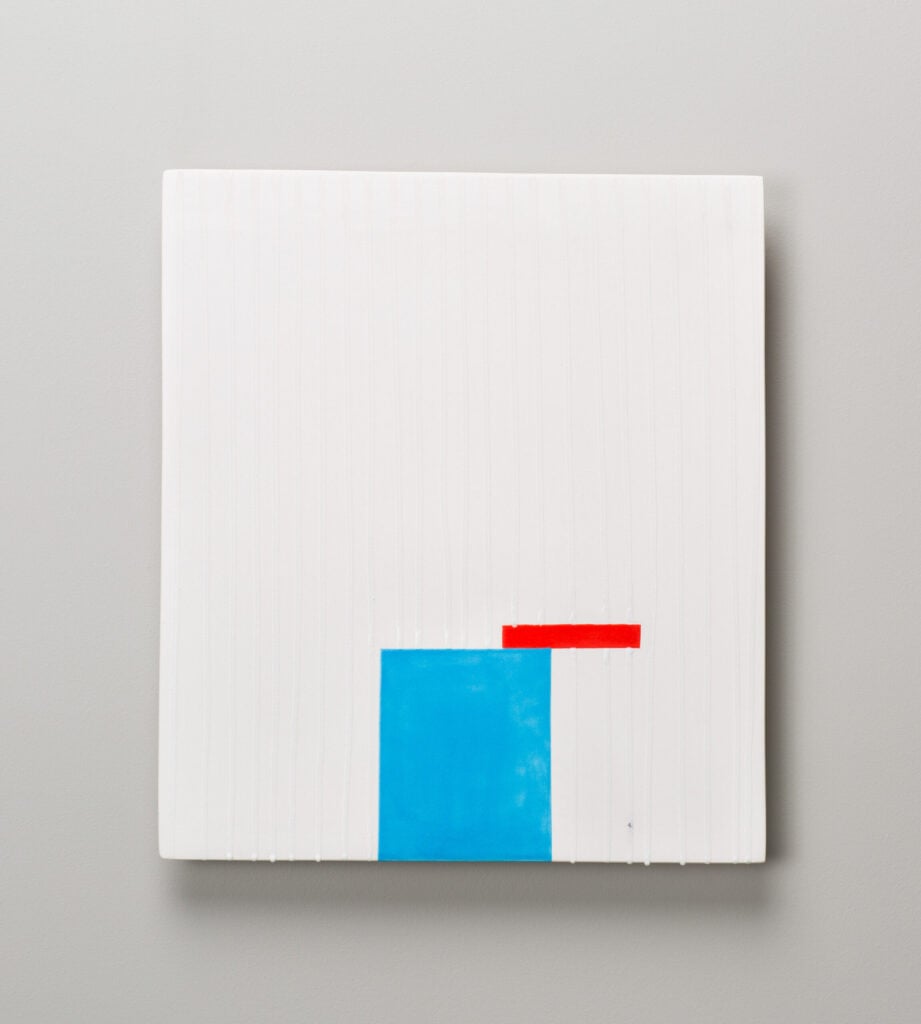
Untitled, Wall Slab
2016
Hand glazed raku ceramics, 19.5 x 17 x 1.5 inches.
Photo: Colin Conces

Untitled, Wall Slab
2016
Hand glazed raku ceramics, 19.5 x 17 x 1.5 inches.
Photo: Colin Conces

Untitled, Wall Slab
2016
Hand glazed raku ceramics, 19.5 x 17 x 1.5 inches. Private collection.
Photo: Colin Conces

Untitled, Wall Slab
2016
Hand glazed raku ceramics, 19.5 x 17 x 1.5 inches.
Photo: Colin Conces
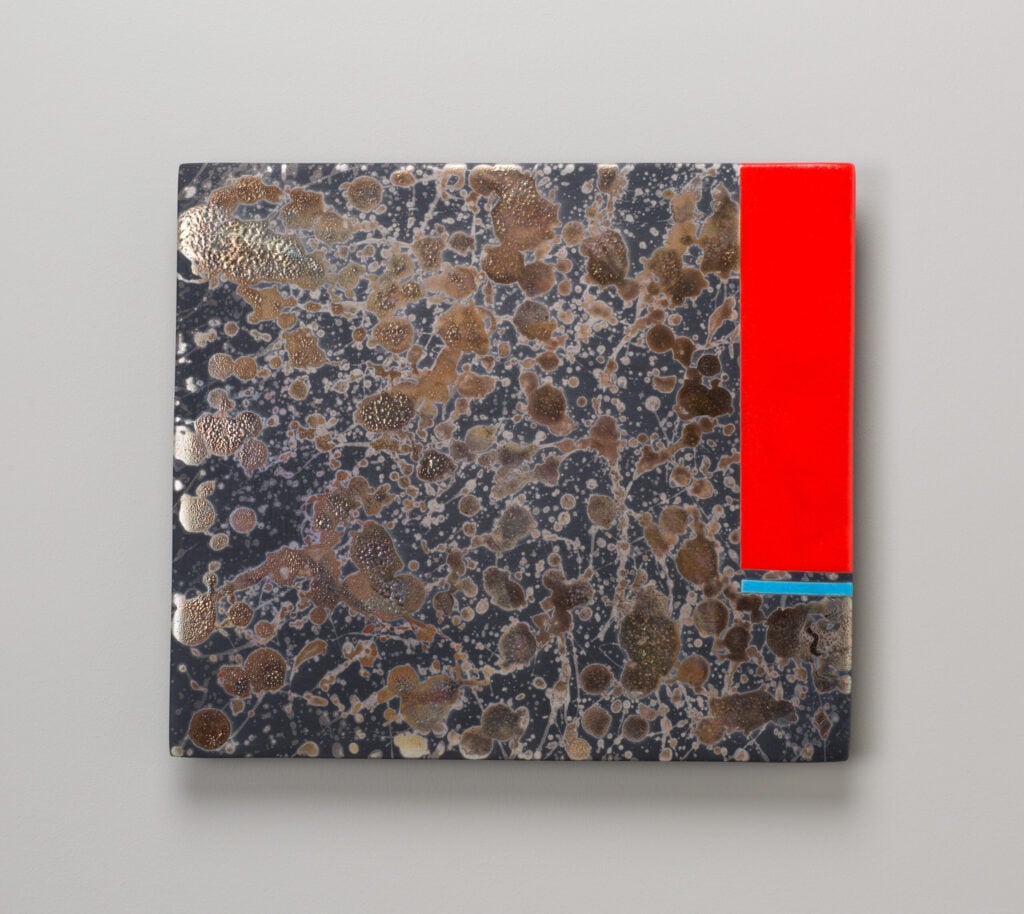
Untitled, Wall Slab
2016
Hand glazed raku ceramics, 17 x 19.5 1.5 inches.
Photo: Colin Conces
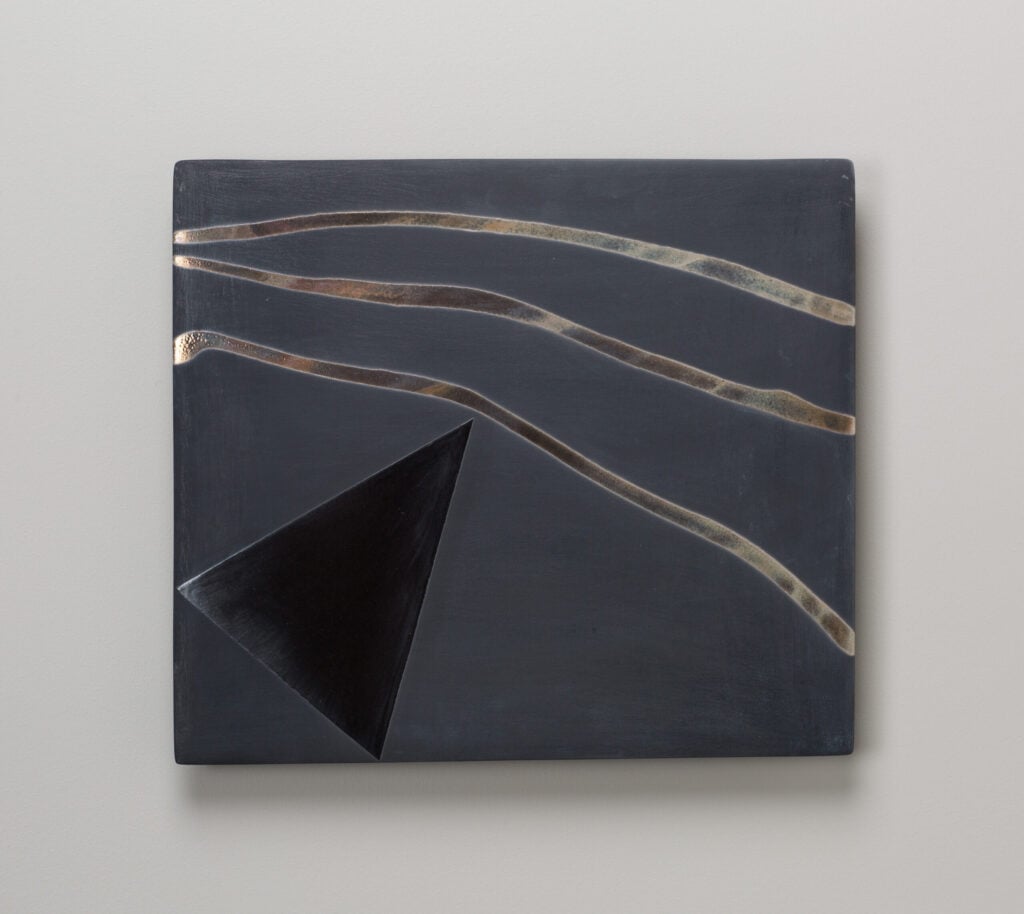
Untitled, Wall Slab
2016
Hand glazed raku ceramics, 17 x 19.5 1.5 inches. Private collection.
Photo: Colin Conces
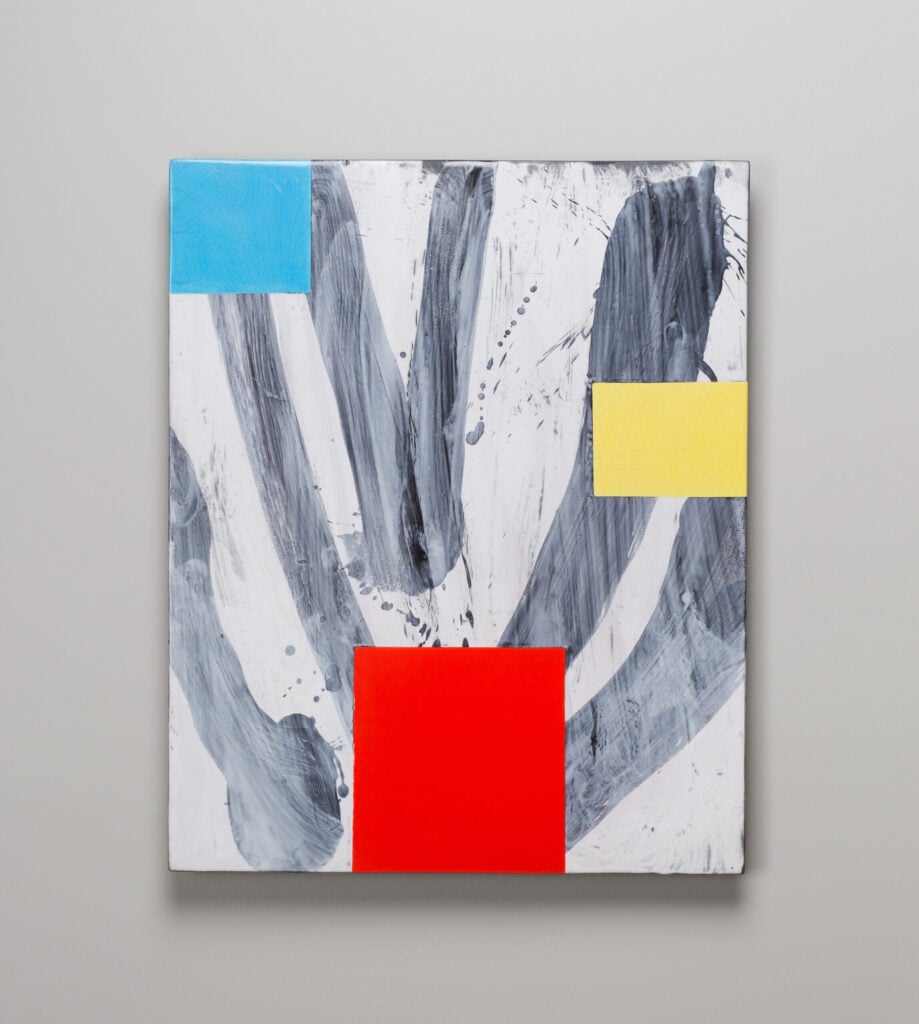
Untitled, Wall Slab
2016
Hand glazed raku ceramics, 30 x 24.5 x 1.5 inches.
Photo: Colin Conces
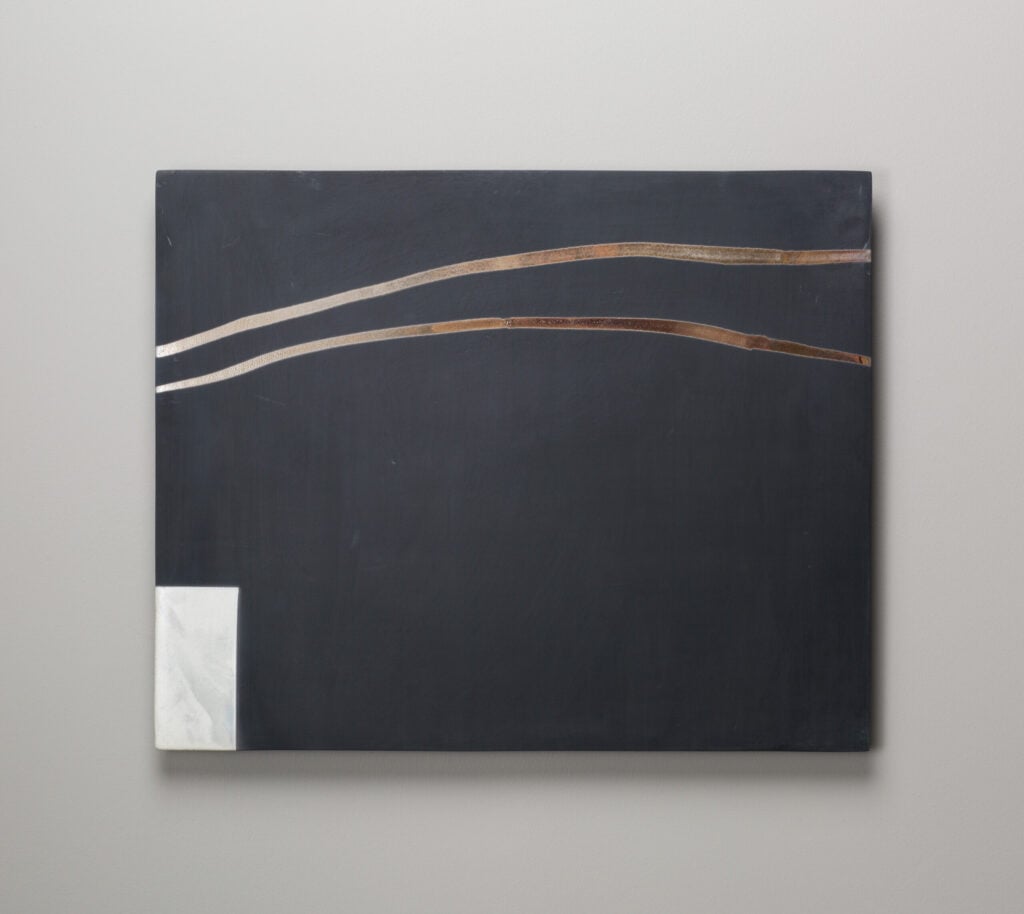
Untitled, Wall Slab
2016
Hand glazed raku ceramics, 24.5 x 30.5 x 1.5 inches. Private collection.
Photo: Colin Conces

Untitled, Wall Slab
2016
Hand glazed raku ceramics, 30.5 x 24.5 x 1.5 inches.
Photo: Colin Conces
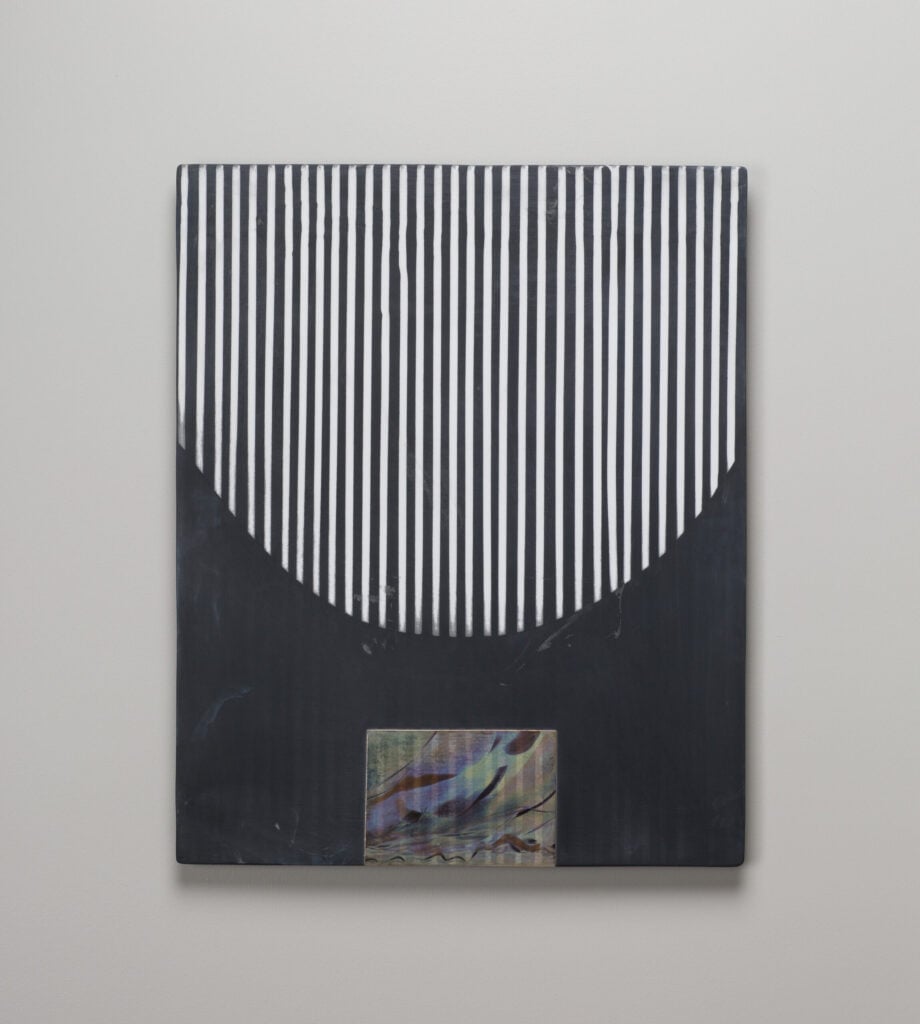
Untitled, Wall Slab
2016
Hand glazed raku ceramics, 30.5 x 24.5 x 1.5 inches.
Photo: Colin Conces

Untitled, Wall Slab
2016
Hand glazed raku ceramics, 30.5 x 24.5 x 1.5 inches. Private collection.
Photo: Colin Conces

Untitled, Wall Slab
2016
Hand glazed raku ceramics, 30.5 x 24.5 x 1.5 inches.
Photo: Colin Conces
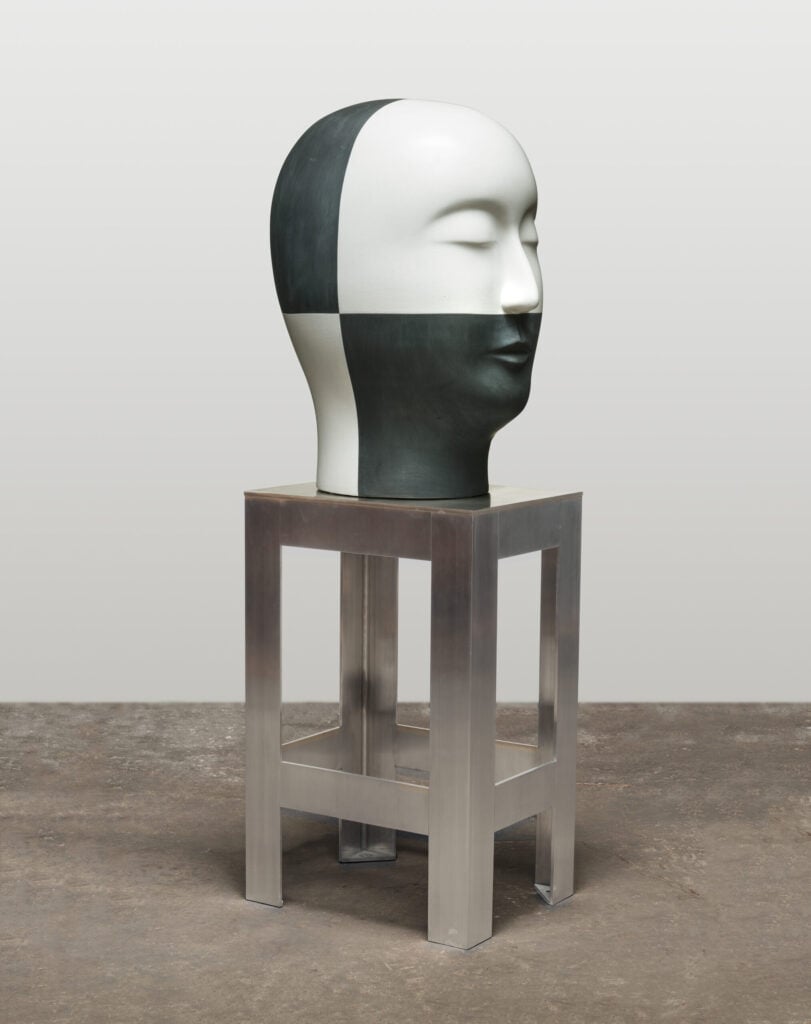
Untitled, Head
2016
Hand glazed raku ceramics and stainless steel, 69 x 24.75 x 20 inches.
Photo: Colin Conces
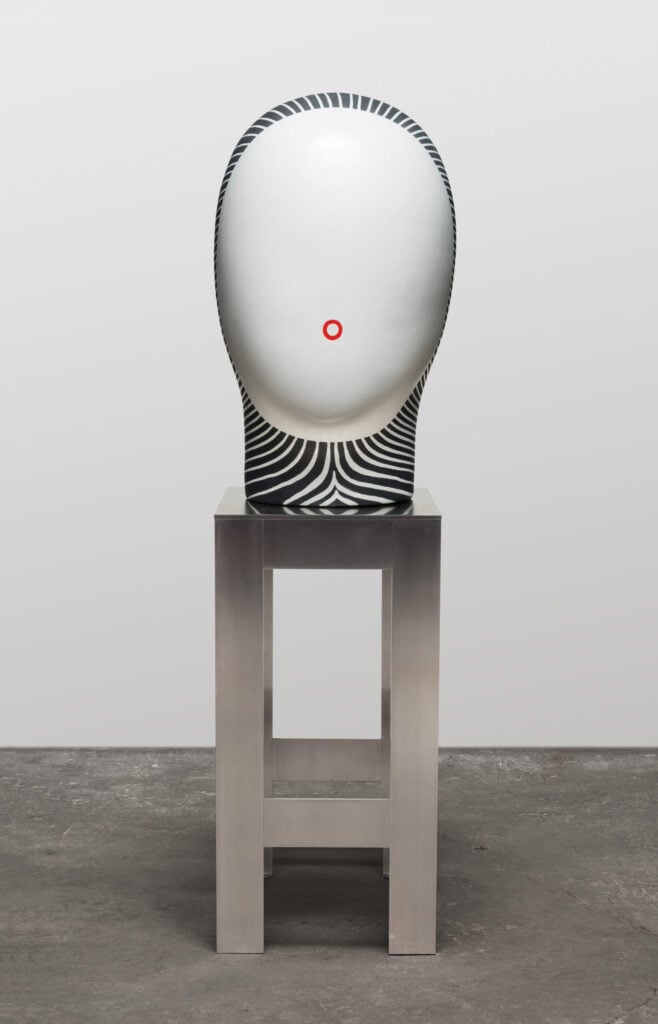
Untitled, Head
2016
Hand glazed raku ceramics and stainless steel, 69 x 24.75 x 20 inches.
Photo: Colin Conces

Untitled, Head
2016
Hand glazed raku ceramics and stainless steel, 69 x 24.75 x 20 inches. Private collection.
Photo: Colin Conces

Untitled, Head
2016
Hand glazed raku ceramics and stainless steel, 69 x 24.75 x 20 inches.
Photo: Colin Conces
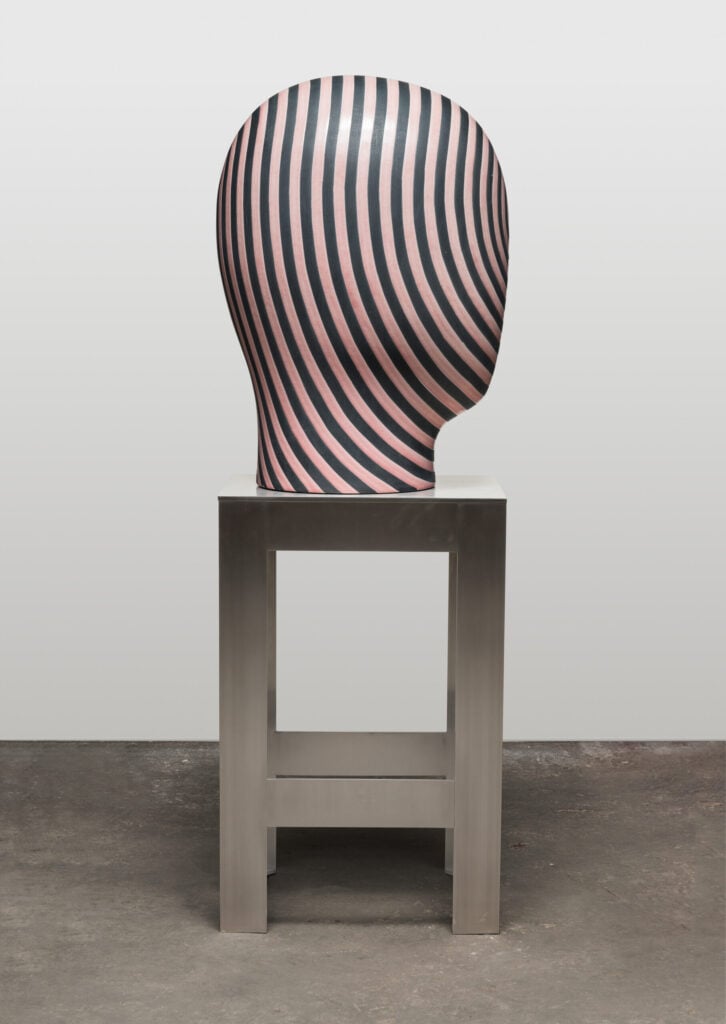
Untitled, Head
2016
Hand glazed raku ceramics and stainless steel, 69 x 24.75 x 20 inches.
Photo: Colin Conces
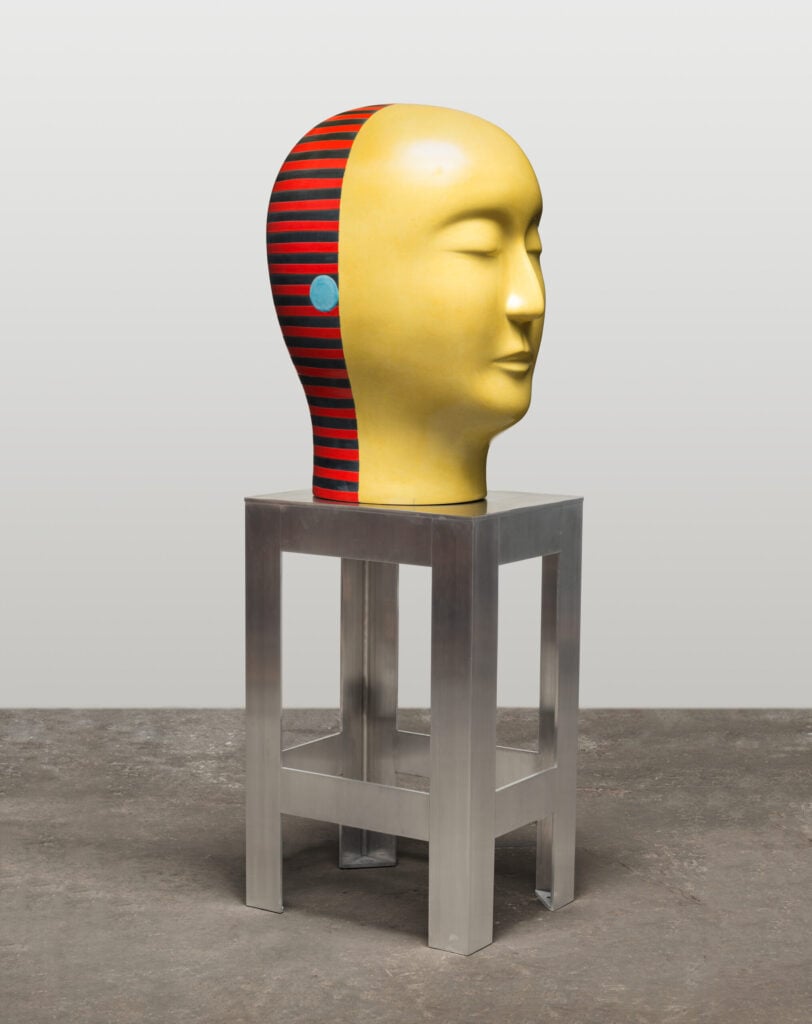
Untitled, Head
2016
Hand glazed raku ceramics and stainless steel, 69 x 24.75 x 20 inches.
Photo: Colin Conces